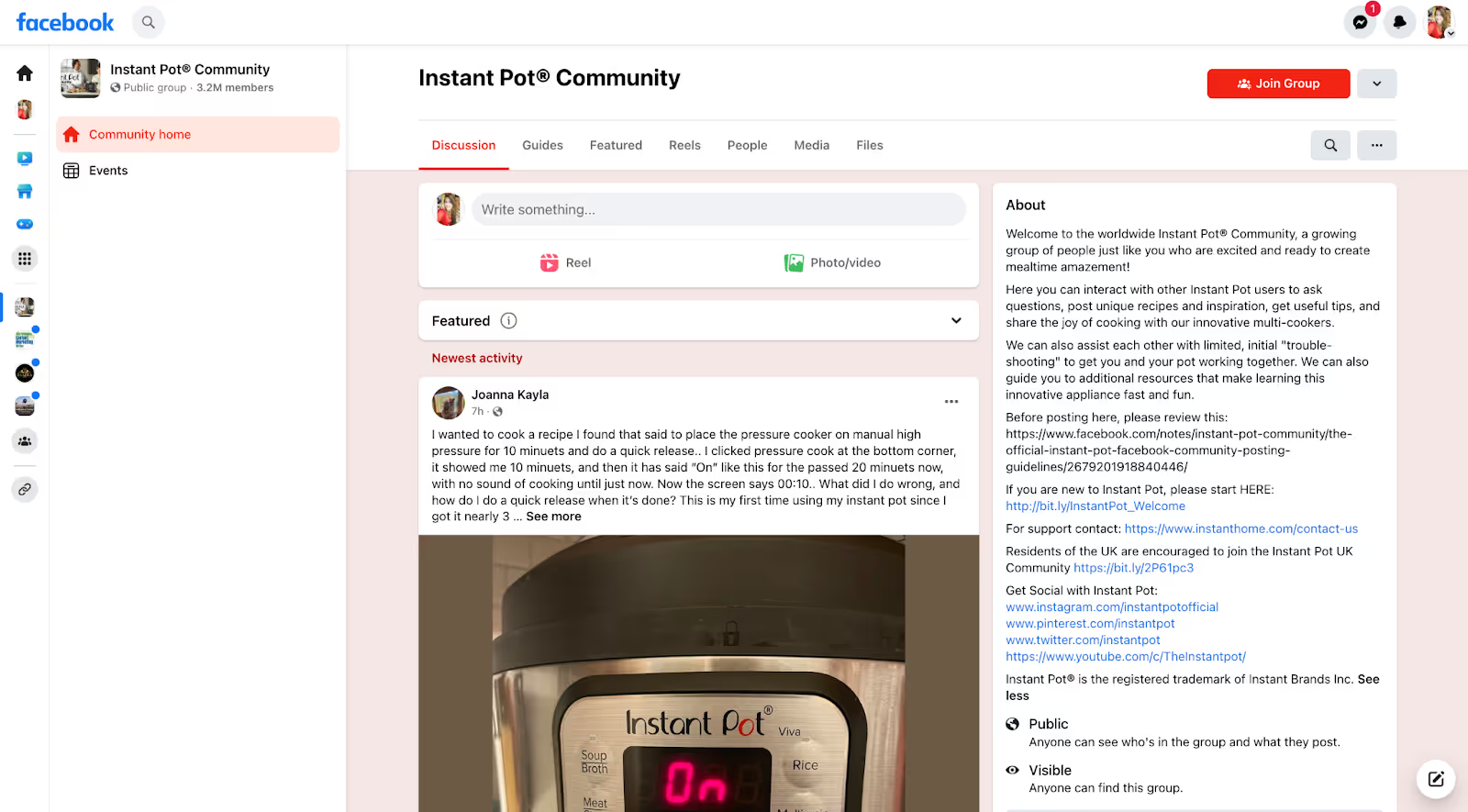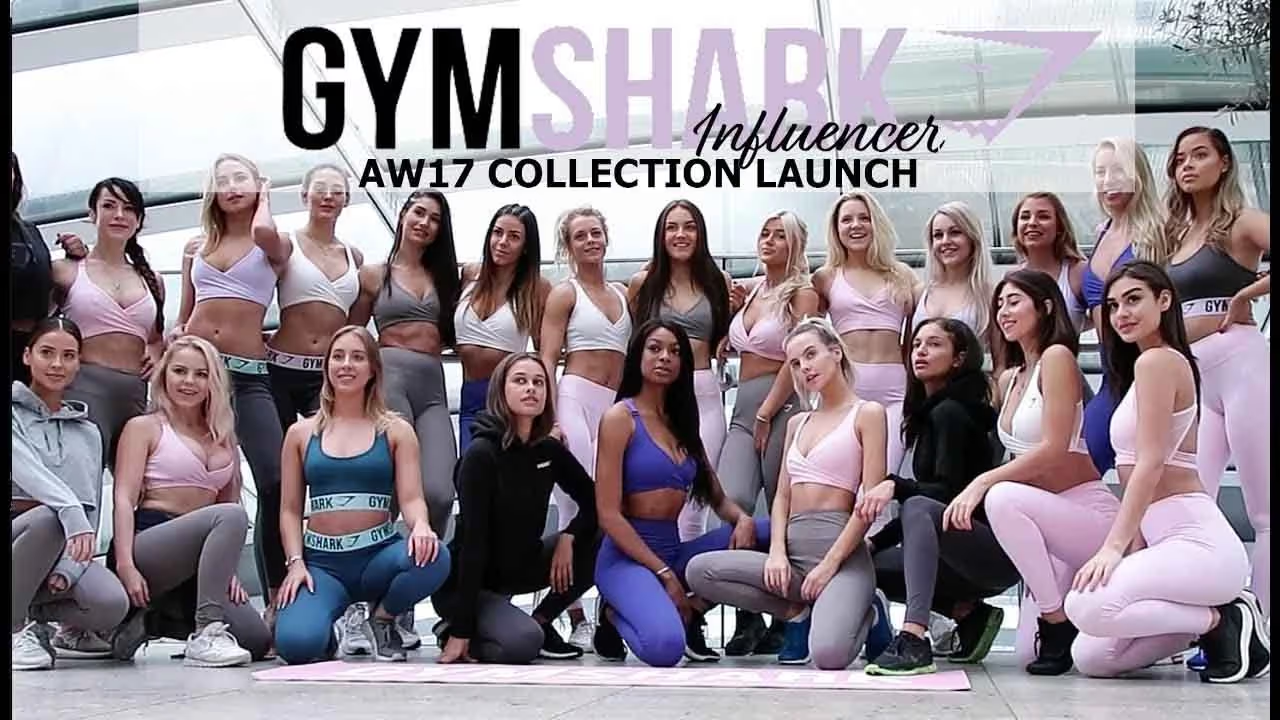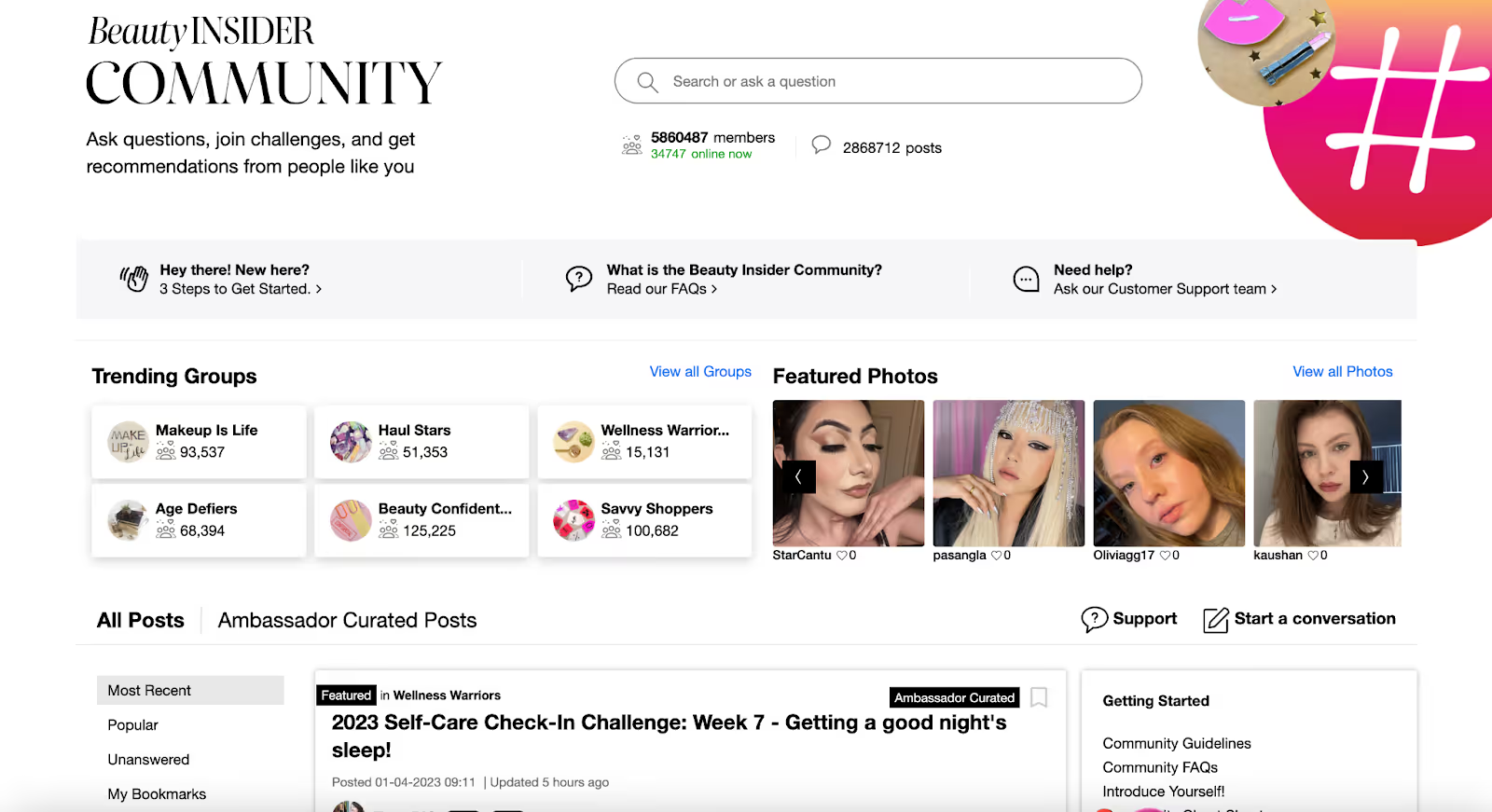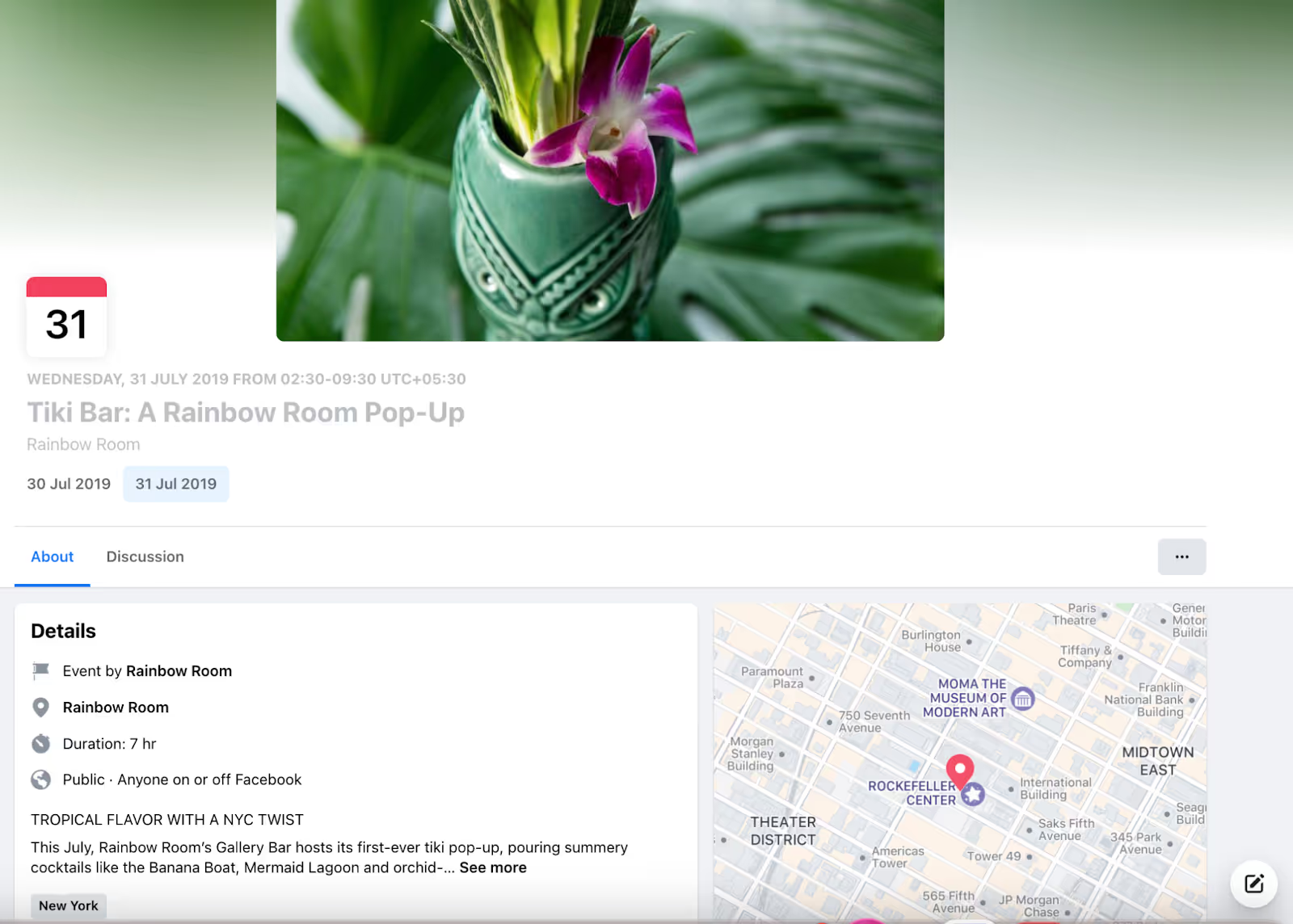Customers seek out and put trust in other customers’ opinions.
As a business owner, you can leverage this behavior to work in your favor by building a community where your prospective audience can engage with each other and share opinions, resulting in improved brand awareness and brand loyalty.
Having a good product or service is an obvious starting point, but effective community building is much more nuanced. Think of it as a digital meeting place for like-minded individuals to connect and exchange opinions and views on mutually interesting topics.
In this guide, we’ll share proven community-building strategies that will genuinely help businesses launch and run profitable and engaged online communities.
But first, what’s a community strategy?
A community strategy is a plan of action to create a group of people with shared mutual concern to build engagement, generate new leads, and get practical insights into your target market.
Your community strategy should focus on creating a system of shared value and mutually shared concern. For this, you need a clear understanding of the activities, content, and programs that can help you create value-based relational bonds.
Otherwise, the whole purpose of building a community fails, with community members ending up with random and disjointed experiences that won’t do you any favors.
Why do you need a community strategy?
Let’s review the advantages of a robust community strategy for your organization.
1. Get customer insights
Successfully executing a community strategy tells you what customers really think of your brand. You get to see your product, brand, and industry from your target audience’s perspective.
You can derive valuable insights from the collected feedback and incorporate them to improve your product or service and develop targeted market messaging frameworks to enhance brand communication. The fact that branded communities are also an excellent source to collect innovative ideas from customer feedback is another benefit.
2. Gain customer trust and loyalty
Community building also opens two-way communication with your target audience. This creates greater transparency, thereby improving their trust in your brand.
With an effective community strategy, you can create long-term relationships with your target customers. Not only does this ensure they stay with your brand for the long haul, but it also makes them active brand advocates.
Customers also become more patient and forgiving, making them more likely to give you the chance to resolve issues before churning or voicing dissatisfaction.
3. Improves value alignment
Another advantage of community strategy is the easy clarification of how to attract community members and acquire users. With a go-to community strategy, you can define internal roles (who does what) and understand how value creation and value capture work together.
With the right strategy, you can better prioritize your community by creating value that genuinely serves them instead of simply capturing their attention for the short term through marketing.
4. Saves money
Community building includes social listening, webinars, live streams, and engagement-boosting activities. The good thing about these marketing strategies is they’re all very cost-effective while still leaving a lasting impact on your audience.
Of course, this isn’t an overnight affair. You need to consistently improve and refine your community strategy to build strong connections with your community and ensure continued community growth.
5. Makes your brand more relatable
Having a relatable brand works wonders to drive business—and a community gives your brand a “personality” that helps customers relate to your brand.
Actively posting in your community demonstrates your brand’s ethics and values. After seeing and hearing your voice through your posts, they can decide whether they resonate with your brand or not.
Many people are picky with the brand they associate themselves with. A robust community-building strategy enables you to become more transparent with your community, ensuring they stick with you.
5 community building strategies for your business
Great teamwork and leadership are critical for every successful community, but you can apply certain community-building strategies to achieve even better results. Let’s walk through the top five tips for building community for your business.
1. Choose the right platform
Having the right technical infrastructure is necessary to run an online community effectively. And while investing in community management tools and creating personalized content are important, you need to first and foremost choose the right platform to build your community on.
The good news: you have a ton of options to choose from, including traditional Facebook and LinkedIn groups to the more advanced community software like Zapnito and Hivebrite.
Ideally, your choice of platform should give you complete control over your online community. Of course, compared to social media platforms, you get more potential for organic growth when opting for third-party platforms.
Another thing to remember here is that all platforms are not the same. you have to consider each option’s pricing, support, and features—and how well they fit your use case and budget.
Real-life example: Instant Pot’s Facebook Group

Instant Pot chose Facebook to build a dedicated community of its current and potential customers.
The company is very active on the platform, constantly posting user-generated content (UGC) to build social proof and trust. Members also had permission to post questions and share recipes on the group, which keeps the conversation going.
2. Tap into influencer marketing
Creator partnership can give your community-building campaign a much-needed boost to develop a truly engaged customer base. By finding brand ambassadors and influencers, for example, you create goodwill and lend more credibility to your marketing messages. And all this is in addition to the expanded reach of your target audience.
Create a dedicated brand ambassador program with people who are truly passionate about your product and can spread the word on social media, at events, and through word-of-mouth.
You can also hold events and meetups for influencers to get together and interact in person, and then share snippets of the events on their individual social media accounts to gather more publicity.
Real-life example: Gymshark Community

As part of its value-add marketing strategy, Gymshark relies heavily on influencer-generated content to connect with and build a loyal following with its target audience. It handpicks influencers and athletes to individually represent the brand and engage with their own audience on a personal level—all of which improves the reflection of the Gymshark brand on the whole.
As customers continue engaging with these influencers, the social interactions combined with their strong purchase intent ensure they’re more invested to try Gymshark and share their own brand experience with their audience.
3. Carefully choose community topics
Your community topics define what your community is all about. And while choosing the right topics might seem obvious (for example, “my brand offers HR solutions, so my content should be around HR trends”), you still want to stand out.
It’s likely more established, better communities covering generic topics related to your target niche already exist. If you also build a community that vaguely meets your current and potential customers’ requirements, you won’t see desirable results.
Brainstorm topics few or no existing communities discuss that meet your target audience’s needs and desires. Avoid going overly broad or niching down—strike the right balance between the two.
If you feel the response is lukewarm, shift gears and focus on topics your community members actually like. Ask existing customers which topics interest them the most. You can also get extra help from tools like a heading or social media content generator for inspiration.
Real-life example: Sephora’s Beauty Insider Community

Sephora has one of the most flourishing communities, and arguably the biggest reason for this is because the brand understands its target audience's biggest desire: unbiased, genuine beauty conversations.
To build a loyal following, Sephora made the community free to join for anyone looking to share or receive beauty secrets. This simple move has made the Beauty Insider community 5 million-member strong, which is no small feat.
4. Host in-person events
In-person events are a highly effective way to bring communities together, adding a personal touch and promoting member engagement. So, the sooner you take your conversations offline, the faster you can achieve your community-building goals.
Host innovative and relevant events your target audience is likely to attend. Think popup shops, masterclasses, and meetups. More importantly, this creates the perfect networking opportunity, helping foster a stronger sense of community.
As the popular networking quote goes, “Networking is an investment in your business. It takes time and when done correctly can yield great results for years to come.”
Real-life example: Rainbow Room’s Pop-Up Tiki Bar

If you know Rainbow Room, you know it typically caters to upscale clientele (think black-tie events).
The brand hosted a pop-up tiki bar event in 2019 to reach out to potential customers in a more casual setting. Attendees could try snacks, drinks, and (duh) festive tiki cocktails without spending money or having to dress up.
This was an easy and effective way to get potential customers to its door and start purchasing and conversations, which is something you can try as well.
5. Incentivize and reward contributions
Engaging customers in a community can lead to wonderful results in the form of increased brand loyalty and improved product/service awareness. But how do you keep your customers actively participating in your community?
The answer lies in appreciation and recognition. Incentivizing or rewarding your audience with attractive merchandise, swag, gift cards, product or service giveaways, and exclusive offers and event invitations can provide the extra motivation needed to keep participation high.
Even a simple shout-out, profile mentions on social media, community badges, or bonus points can go a long way in keeping your customers actively involved.
Real-life example: adidas' adiClub

adidas’ approach to community building is both robust and effective, with the brand leveraging its rewards program to boost member engagement. So, what makes adiClub stand out?
Members can earn points by performing specific tasks to level up and unlock exclusive offers. For instance, they can receive exclusive discounts or early access to sales by completing simple activities like uploading images or doing a workout. This is a great tactic to keep them engaged in the long term.
Another reason is adidas' direct approach to community building, where the brand ensures the rewards and activities align with their members' interests. This attention to detail has been instrumental in making adiClub a shining example of effective community building through thoughtful incentivizing.
Tap into the power of communities
Community building isn’t a one-time activity. You need to measure outcomes, track progress, and make adjustments. But all the effort is more than was it over the long term.
The good news is identifying influencers who speak to your target audience can make the process significantly less time- and resource-intensive. Modash lets you find growing creators and influencers to promote your brand while multiplying your efforts to build an engaged, loyal community.







